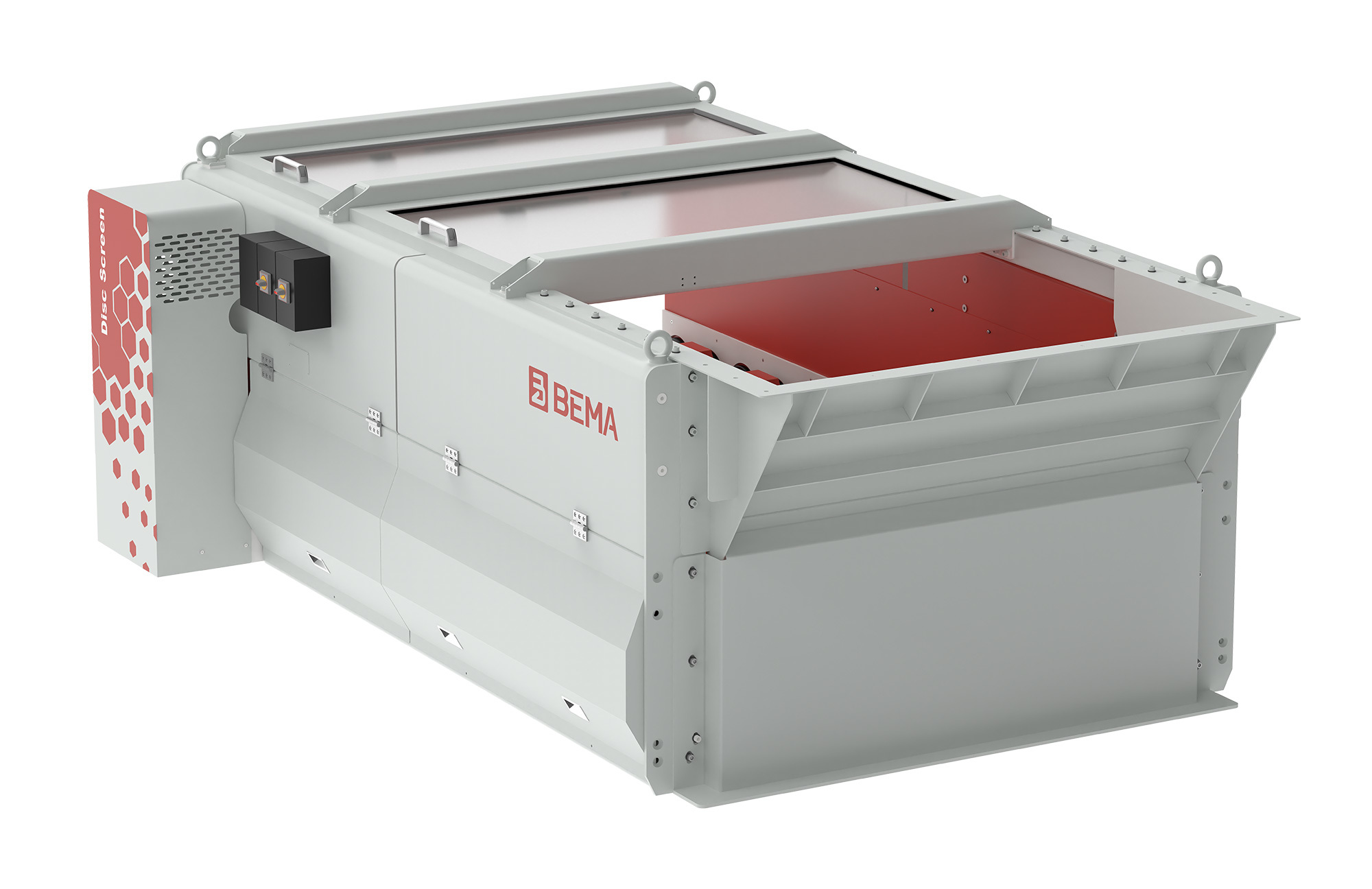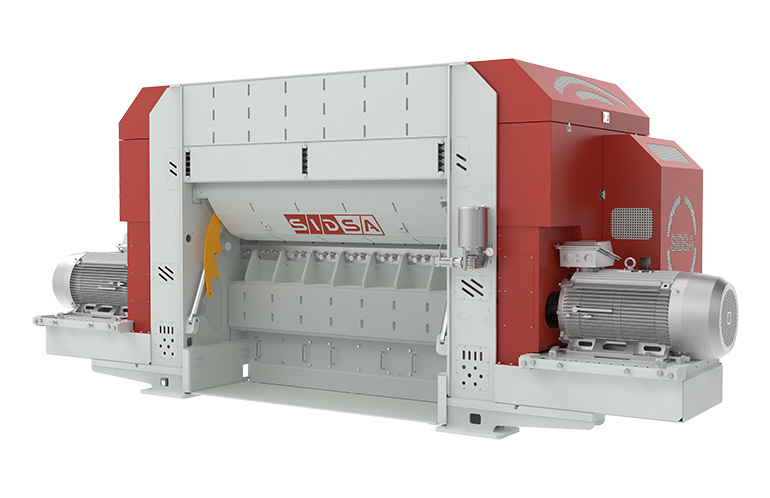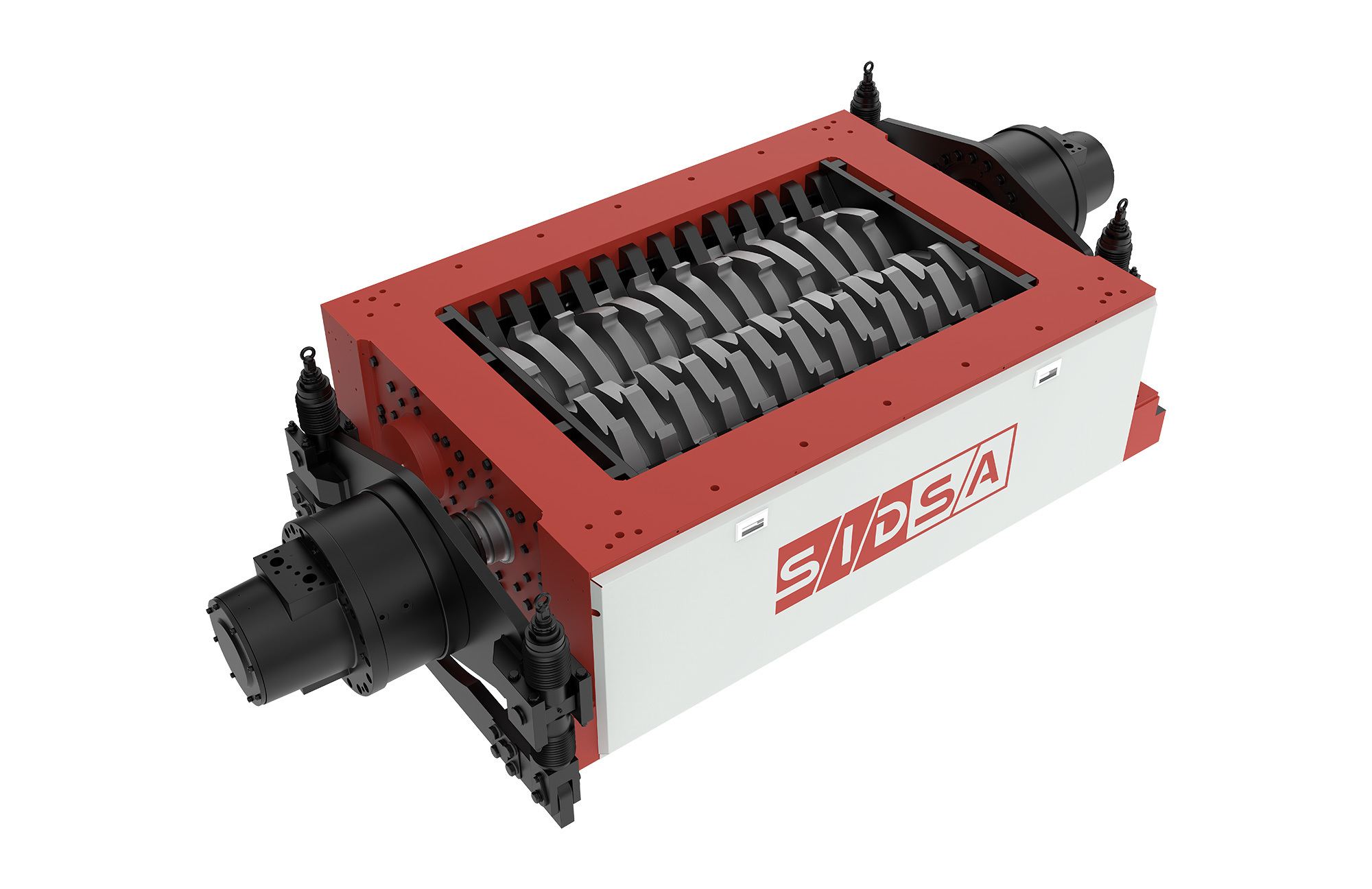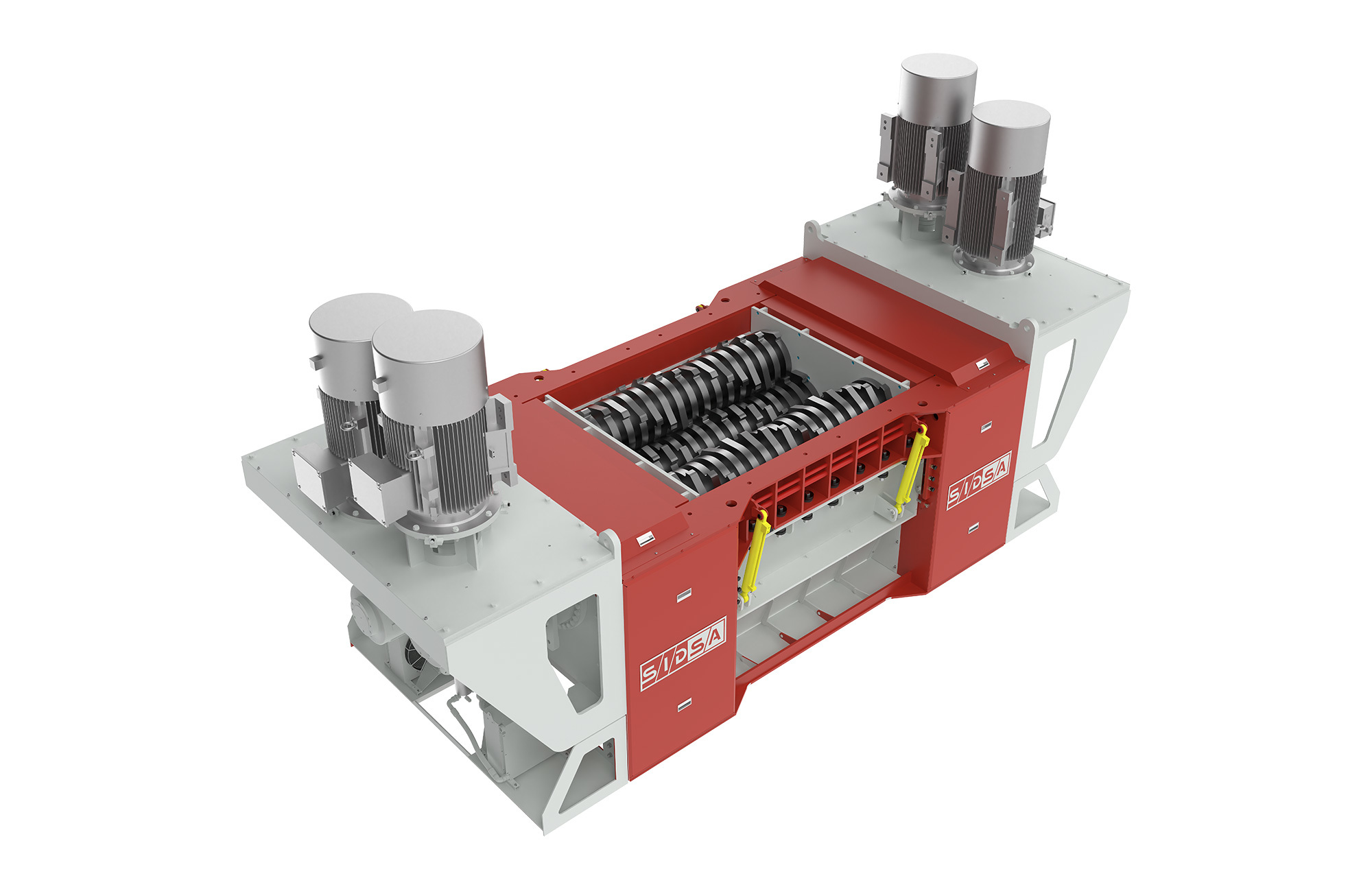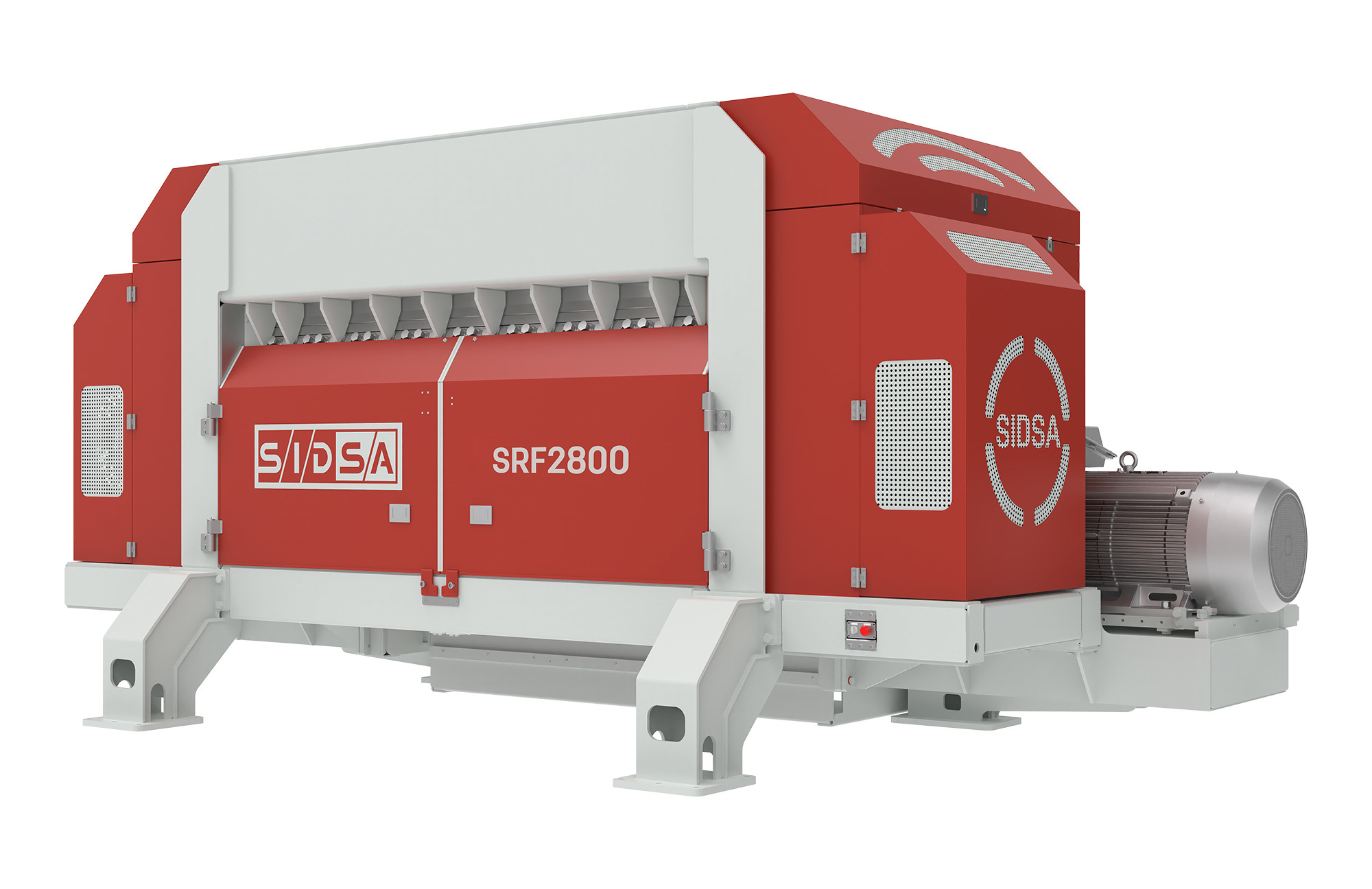Understanding the Role of Primary Shredders in the Municipal Solid Waste Process
Release Time:
Apr 21,2025
The primary shredder for municipal solid waste (MSW) processing is a crucial piece of equipment designed to handle the initial size reduction of various waste materials. As urban areas continue to grow, the volume of municipal solid waste increases, necessitating efficient waste management strategies. Primary shredders are at the forefront of these strategies, playing a vital role in transforming bulky waste into manageable sizes, which facilitates further processing and recycling.
One of the primary functions of a primary shredder in the MSW process is to reduce the volume of waste. By breaking down large items such as furniture, appliances, and organic materials, these machines create smaller pieces that can be more easily transported and processed. This size reduction not only helps in optimizing space in landfills but also improves the efficiency of subsequent processing steps, such as sorting and recycling.
In addition to volume reduction, primary shredders are instrumental in enhancing the recyclability of materials found in municipal solid waste. By shredding waste into smaller, uniform sizes, it allows for better separation of materials during the recycling process. This increased efficiency can lead to higher recovery rates of valuable materials like metals, plastics, and paper, promoting a circular economy and reducing the strain on natural resources.
Moreover, primary shredders contribute to the safety and environmental sustainability of waste management operations. By breaking down hazardous materials and e-waste, these machines can help mitigate potential risks associated with landfill disposal. Furthermore, when combined with other technologies, such as secondary shredders and screening equipment, they can facilitate the production of biofuels or compost, turning waste into valuable resources.
It is also essential to highlight that primary shredders come in various designs and configurations, catering to different types of municipal solid waste. Factors such as feed size, material type, and desired output size will influence the choice of shredder. Understanding the specific waste stream and processing goals is critical for selecting the right primary shredder to maximize operational efficiency.
In conclusion, the primary shredder for municipal solid waste processing is a cornerstone of modern waste management systems. By enabling effective size reduction, enhancing recyclability, and promoting environmental sustainability, these machines are essential tools in addressing the challenges posed by increasing urban waste volumes. As industries aim for greener practices, incorporating a primary shredder into waste processing operations can significantly contribute to overall waste management success.
One of the primary functions of a primary shredder in the MSW process is to reduce the volume of waste. By breaking down large items such as furniture, appliances, and organic materials, these machines create smaller pieces that can be more easily transported and processed. This size reduction not only helps in optimizing space in landfills but also improves the efficiency of subsequent processing steps, such as sorting and recycling.
In addition to volume reduction, primary shredders are instrumental in enhancing the recyclability of materials found in municipal solid waste. By shredding waste into smaller, uniform sizes, it allows for better separation of materials during the recycling process. This increased efficiency can lead to higher recovery rates of valuable materials like metals, plastics, and paper, promoting a circular economy and reducing the strain on natural resources.
Moreover, primary shredders contribute to the safety and environmental sustainability of waste management operations. By breaking down hazardous materials and e-waste, these machines can help mitigate potential risks associated with landfill disposal. Furthermore, when combined with other technologies, such as secondary shredders and screening equipment, they can facilitate the production of biofuels or compost, turning waste into valuable resources.
It is also essential to highlight that primary shredders come in various designs and configurations, catering to different types of municipal solid waste. Factors such as feed size, material type, and desired output size will influence the choice of shredder. Understanding the specific waste stream and processing goals is critical for selecting the right primary shredder to maximize operational efficiency.
In conclusion, the primary shredder for municipal solid waste processing is a cornerstone of modern waste management systems. By enabling effective size reduction, enhancing recyclability, and promoting environmental sustainability, these machines are essential tools in addressing the challenges posed by increasing urban waste volumes. As industries aim for greener practices, incorporating a primary shredder into waste processing operations can significantly contribute to overall waste management success.
What Else Might You Learn?
SIDSA focuses on technological research and innovation in the field of waste pretreatment
Product
SIDSA focuses on technological research and innovation in the field of waste pretreatment






